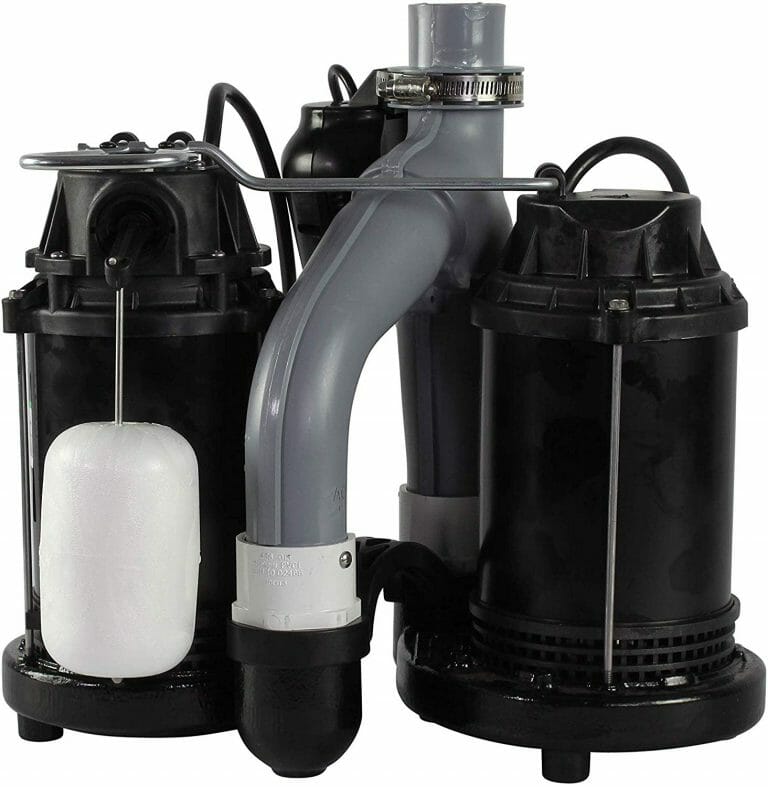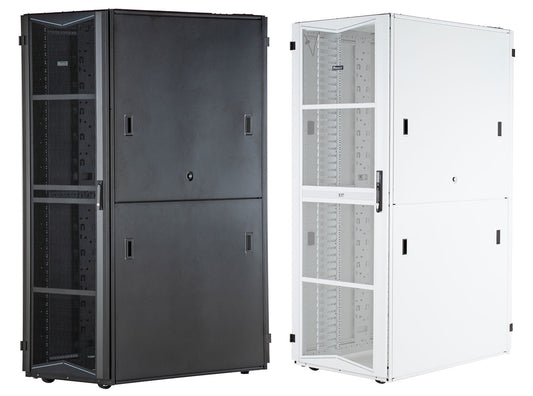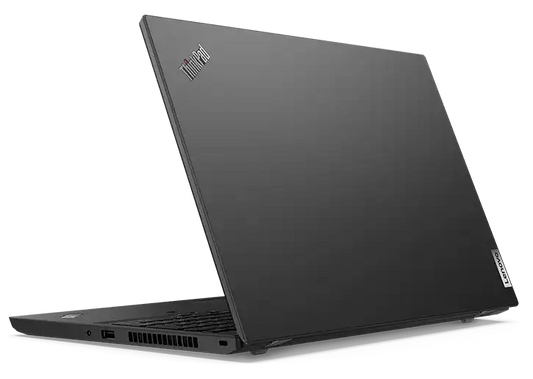Ensuring Continuity: Backup Power Options for Sump Pumps

For homeowners in areas prone to flooding, a sump pump is a critical line of defense against water damage. However, these pumps often fail when they are needed most - during severe storms or power outages. To ensure your sump pump continues to operate during these crucial times, it's essential to have a reliable backup power source. Two popular options are Power Inverters and Uninterruptible Power Supplies (UPS) systems. Let's explore the advantages and considerations of each to help you make an informed decision.
Power Inverters: Converting DC to AC
Power inverters are devices that convert direct current (DC) from a battery into alternating current (AC), which can then be used to power your sump pump.
Pros of Using Power Inverters:
- High Power Output: Power inverters can often provide a higher power output compared to a typical UPS, which is beneficial for larger sump pumps.
- Flexibility with Battery Capacity: You can choose the size of the battery, allowing for a longer backup duration depending on your needs.
- Cost-Effectiveness: Generally, inverters combined with a battery can be more cost-effective than purchasing a large UPS system.
Cons:
- Requires a Separate Battery: You need to purchase a high-capacity battery separately, which adds to the initial setup cost.
- Maintenance Needs: Batteries require regular maintenance and eventual replacement.
- Manual Setup: The inverter and battery system may not switch on automatically during a power outage, requiring manual intervention.
UPS Systems: Immediate and Automated Backup
A UPS system provides immediate, short-term power backup when the main power source fails. It’s an all-in-one solution that includes a battery and power conditioning systems.
Pros of Using UPS Systems:
- Automatic Operation: UPS systems automatically switch to battery power during an outage, providing an immediate response.
- Ease of Use and Setup: These systems are generally plug-and-play with minimal setup required.
- Power Conditioning: UPS systems offer power conditioning, which can protect the sump pump from voltage spikes or fluctuations.
Cons:
- Limited Battery Life: The battery life of a UPS might not be sufficient for prolonged outages, especially for larger sump pumps.
- Higher Cost for Large Capacity Models: High-capacity UPS systems can be quite expensive.
- Regular Battery Replacement: Like inverters, UPS systems require battery maintenance and eventual replacement.
Making the Right Choice
When deciding between a power inverter or a UPS system for your sump pump, consider the following:
- Duration of Power Outages: If you frequently experience long power outages, a power inverter with a large battery might be more suitable. For shorter outages, a UPS could suffice.
- Pump Size and Power Requirements: Larger sump pumps might require the higher power output that an inverter can provide.
- Convenience and Automation: If you prefer a set-it-and-forget-it solution, a UPS is more convenient due to its automatic operation.
- Budget Constraints: Inverters can be more cost-effective, especially if you already have a suitable battery.
Conclusion
Both power inverters and UPS systems offer viable solutions for providing backup power to sump pumps. The choice depends on your specific needs, including the duration of typical power outages in your area, the size of your sump pump, and your preference for convenience versus cost. By carefully considering these factors, you can ensure that your sump pump remains operational when you need it most, protecting your home from the perils of flooding.



